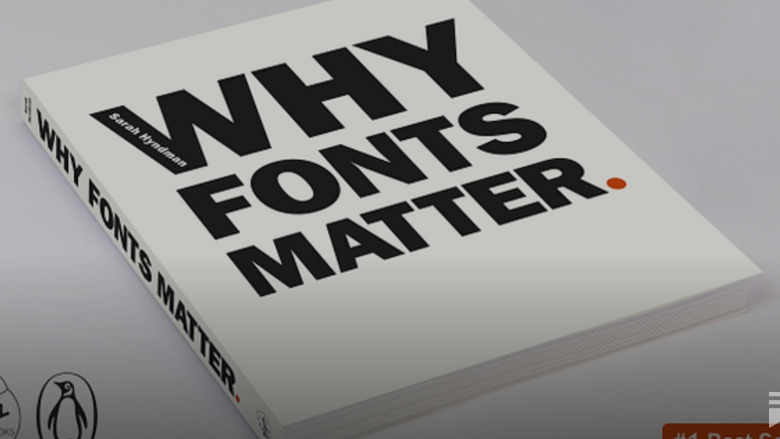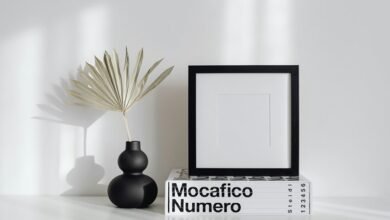Why Movie Fonts Matter More Than You Think

Movie fonts do more than spell a title. They set expectations. A vintage serif might suggest drama, history, or classic noir; a futuristic display font hints at sci-fi or full of effects. Audiences often form impressions based on the typographic style—tone, genre, mood—before a single scene plays. That immediate emotional cue is powerful.
TypeType’s Movie Fonts: The Palette of Film Typography
TypeType has a special collection called movie fonts. These are typefaces designed to visually translate emotions and aesthetics, to help build immersive storytelling. The collection includes cinematic typefaces that aren’t just titles—they’re part of the film’s identity. Designers using this collection can download trial versions of all the movie-fonts so they can test them in their projects first.
The Movie Fonts collection features several bestsellers. Among them are TT Hoves Pro, a sans serif with recognizable geometry, TT Supermolot Neue, a redesigned and enhanced font family, and TT Commons Pro, a completely revamped classic. These are updated, approved for commercial use, and designed to succeed at eye-catching moments.
See also: The Benefits of Having an At home nurse for Post-Surgery Recovery
Key Features That Make These Fonts Effective
Distinct Character and Style
Movie Fonts from TypeType are not generic. They have strong personalities. Some like TT Ricks are edgy and sharp; others like TT Ricordi Fulmini combine historical or decorative features with drama. Each font shows design choices that align with certain movie genres or moods—bold, elegant, experimental, nostalgic.
Versatility and Range
Several fonts in the collection are bestsellers and have multiple styles or weights. This gives designers options: dramatic display styles for main titles, more restrained weights for subtitles or credits. That versatility ensures consistency across all typographic elements.
Technical & Licensing Support
The fonts in this category are commercially licensed, regularly updated, and clearly marked as “updated” or “new” in the collection. The foundry encourages previewing via trial versions, helping designers ensure the font works well in their specific visual and technical context.
How These Fonts Impact Audience Perception
First Impressions & Branding
A film’s poster or opening credits often uses its movie font. Getting the right font helps with branding—making the film memorable. When audiences see the titles, they already get a hint of what kind of film it is: whether serious, whimsical, action-packed, romantic, etc.
Immersion & Mood Setting
Fonts set mood. Sharp edges, narrow forms, or decorative flourishes contribute to a feeling: tension, elegance, mystery. If typography feels mismatched (e.g. a soft, flowing script used for a horror film), it can break immersion. Movie Fonts designed with mood in mind help avoid that.
Consistency Across Mediums
Movie projects span posters, trailers, merchandise, digital and print materials. Having a coherent font family helps maintain visual unity. That’s why having one font that works in multiple roles (title, subtitle, credits) is so valuable. The TypeType collection supports that kind of work.
Choosing the Right Movie Font
Match Genre & Tone
Think about what your film is: sci-fi, horror, rom-com, period drama. Pick a font whose style echoes that tone. If your film is gritty and raw, maybe something angular, rough, or high-contrast works. If elegant and calm, lean toward clean serifs or restrained sans.
Use for Impact, Not Just Decoration
Don’t overuse decorative or expressive fonts in small text. They shine when big—posters, titles, tags. For small subtext or credits, use simpler styles to avoid legibility issues.
Test in Context
Prototype with the font in real situations: poster mockups, opening title screens, subtitles. See how it looks at different scales, color backgrounds, under lighting. Ensure spacing, kerning, weight are all readable and match the cinematic feel you want.
Conclusion
Movie fonts aren’t a side detail. They’re vital tools in filmmaking and marketing. They shape how audiences perceive genre and tone before they hear a single line. TypeType’s Movie Fonts collection shows how fonts can be expressive, versatile, and technically polished. The right font builds immersion, communicates identity, and helps films turn heads even before the credits roll.





